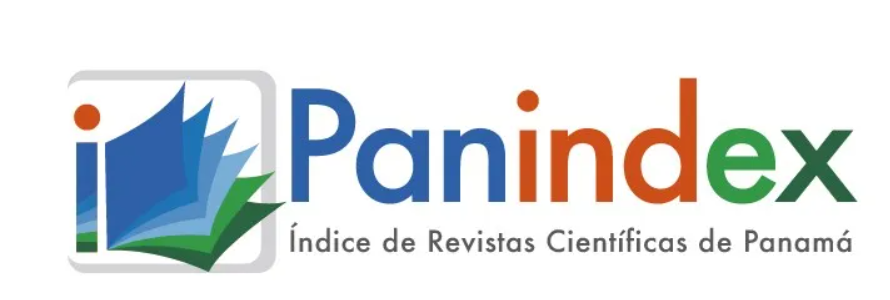The content of the publications and the links suggested in them are the sole responsibility of the authors and not of the METROPOLITAN UNIVERSITY OF EDUCATION, SCIENCE AND TECHNOLOGY (UMECIT) or DIALOGUS magazine. They are protected by international copyright laws as well as the UMECIT and DIALOGUS logos, hence their reproduction is totally prohibited.
This work is licensed under a Creative Commons Attribution-NonCommercial-NoDerivatives 4.0 International License.
The authors maintain the copyright and transfer the right of the first publication to the journal, with the article registered with Creative Commons Attribution-NonCommercial-NoDerivatives License, which allow others They can download the works published in this magazine and share them with other people, as long as their authorship is recognized, but they cannot be changed in any way nor can they be used commercially.
Authors are recommended to include their work in social networks such as Researchgate and institutional repositories once the article or visible fact has been published on the journal page, without forgetting to include the digital document identifier and the name of the journal.



Abstract
Science and technology evolve at a dizzying pace, with which the recently acquired knowledge runs the risk of soon becoming obsolete since structured and object-oriented programming languages are still being taught since ancient times and today, generating results for software Windows operating system, Android and others. Technology has advanced and demands for applications or software have increased by business, government, education, and others. In all countries, much relevance is given to learning programming languages. For these reasons, it is important that students acquire skills to learn in accordance with the requirements of advances in technology.
Keywords
References
Alexander FA (2010). SISEJER software entrenador para la superación de los instructores de los joven club del municipio de La Habana del Este en el curso de lógica de programación, D - Instituto Superior Politécnico José Antonio Echeverría. CUJAE; 2010.
Amelia MPM (2011). La estructuración del enfoque del problema base en el proceso de enseñanza aprendizaje de la programación en la formación de profesores de informática, D - Universidad de Ciencias Pedagógicas “Félix Varela”. 2011.
Darwin. TAL (2018). La resolución de los problemas de fundamentos de programación en la formación del tecnólogo en análisis de sistemas. Editorial Universitaria; 2018.
Regina. FME (2016). Utilización de la analogía en la resolución de problemas en el proceso de enseñanza-aprendizaje de la programación, ,. Editorial Universitaria; 2016.
Senacyt (2015). Jóvenes panameños se capacitan en programación. www.senacyt.gob.pa: https://www.senacyt.gob.pa/jovenes-panamenos-se-capacitan-en-programacion/. 5 de 2 de 2015;
Villalobos GM (2009). Programación orientada a objetos con aprendizaje activo. Revista Ciencia; 2009.
Walfredo. GH (2009). Contribución de los contenidos de LTP al desarrollo de la creatividad en el ISP “Juan Marinello. El Cid Editor; 2009.
Downloads
Publication Facts
Reviewer profiles N/A
Author statements
- Academic society
- Universidad Metropolitana de Educación, Ciencia y Tecnología
- Publisher
- Universidad Metropolitana de Educación, Ciencia y Tecnología




















